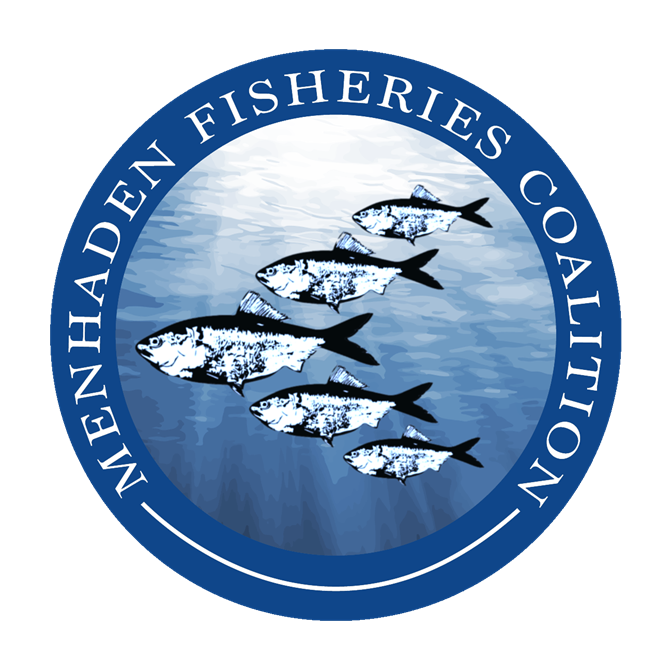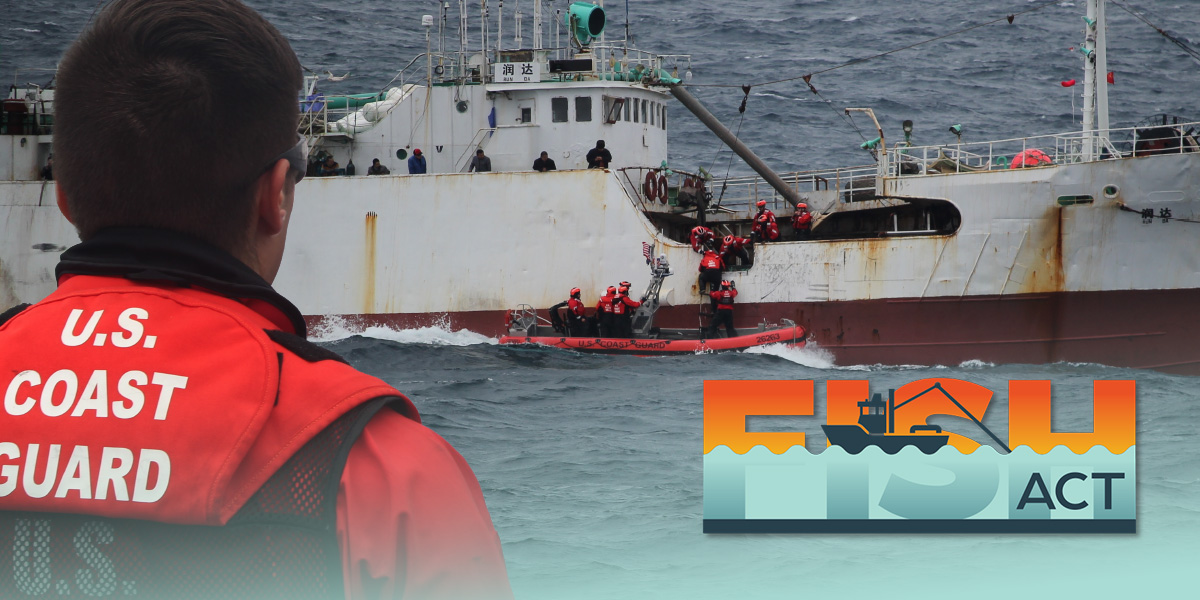Australia’s Great Barrier Reef hit by record bleaching as oceans warm – Al Jazeera

Report on the Great Barrier Reef’s Ecological Crisis and its Implications for Sustainable Development Goals
Key Findings from the 2024-2025 Assessment
A recent report from the Australian Institute of Marine Science (AIMS) presents critical data on the health of the Great Barrier Reef, with significant implications for global environmental targets, particularly the Sustainable Development Goals (SDGs). The findings from surveys conducted between August 2024 and May 2025 indicate a severe ecological decline.
- Unprecedented Bleaching: The reef has experienced its most spatially extensive coral bleaching event since monitoring began in 1986.
- Primary Cause: The event was predominantly driven by climate change-induced heat stress, a direct challenge to SDG 13 (Climate Action).
- Coral Cover Decline: Coral cover in the southern third of the reef declined by almost one-third to 26.9%, representing one of the largest single-year declines recorded in 39 years.
- Record Heat Stress: The southern reefs were subjected to their highest recorded levels of heat stress, underscoring the escalating impacts of climate change on marine ecosystems.
Direct Threats to SDG 14: Life Below Water
The degradation of the Great Barrier Reef represents a major setback for the achievement of SDG 14, which aims to conserve and sustainably use the oceans, seas, and marine resources. The report’s findings illustrate a direct failure to meet key targets within this goal.
- Ecosystem Collapse (Target 14.2): The widespread bleaching and coral mortality undermine efforts to sustainably manage and protect marine and coastal ecosystems. The reef, a 2,300km structure, is the world’s largest living ecosystem, and its decline signifies a critical loss of global marine heritage.
- Loss of Biodiversity (Target 14.5): As a UNESCO World Heritage site, the reef is a global reservoir of biodiversity. The ongoing damage threatens this status and the vast array of life it supports, directly contravening conservation goals. The ecosystem is home to:
- 400 types of coral
- 1,500 species of fish
- 4,000 types of mollusc
- 240 species of birds
- Vulnerable species such as the dugong and the large green turtle
The Imperative of SDG 13: Climate Action
The AIMS report unequivocally identifies climate change as the principal driver of the reef’s destruction, making the crisis a clear indicator of the world’s progress, or lack thereof, on SDG 13. The health of global coral systems is directly dependent on urgent and effective climate action.
- Greenhouse Gas Emissions: Experts, including the AIMS CEO, state that the future of the world’s coral reefs relies on strong reductions in greenhouse gas emissions.
- Rising Ocean Temperatures: It is noted that the world’s oceans have absorbed approximately 93% of the excess heat in the atmosphere, with 2024 ocean temperatures surpassing the previous record set in 2023.
- Policy Integration (Target 13.2): The crisis highlights the urgent need to integrate climate change measures into national policies, strategies, and planning.
Socio-Economic Implications and Policy Contradictions
The ecological crisis has profound socio-economic consequences, linking the reef’s health to SDG 8 (Decent Work and Economic Growth) and exposing policy incoherence related to SDG 12 (Responsible Consumption and Production).
Impact on SDG 8
- Sustainable Tourism (Target 8.9): The Great Barrier Reef is a cornerstone of Australia’s tourism industry, generating billions of dollars annually. Its degradation and potential listing as a World Heritage site “in danger” threaten this vital economic sector and the jobs it supports.
Challenges for SDG 12 and SDG 17
- Policy Incoherence: A significant contradiction exists between Australia’s stated goal of protecting the reef and its status as a major exporter of fossil fuels, including coal shipped from the controversial Adani mine. This practice is fundamentally at odds with the principles of sustainable production.
- Recommendations for Action: Australia’s Climate Change Authority has called for major fossil-fuel exporting countries to adopt low- and zero-emission alternatives and take stronger action on pollutants like methane. This highlights the need for partnerships and coherent policies (SDG 17) to align national economic activities with global sustainability commitments.
1. Which SDGs are addressed or connected to the issues highlighted in the article?
SDG 13: Climate Action
- The article directly links the coral bleaching to “climate change-induced heat stress” and soaring ocean temperatures. It emphasizes the need for “strong greenhouse gas emissions reduction” and discusses Australia’s role as a “major exporter of fossil fuels,” which are central themes of SDG 13.
SDG 14: Life Below Water
- The entire article focuses on the degradation of the Great Barrier Reef, a critical marine ecosystem. It details the “most widespread coral bleaching on record,” a significant “decline in coral cover,” and the impact on the world’s largest collection of coral reefs. The article also mentions the vast marine biodiversity the reef supports, including “1,500 species of fish” and “4,000 types of mollusc.”
SDG 15: Life on Land
- While the primary focus is marine, the article notes that the reef ecosystem is also home to “240 species of birds” and other species like the “large green turtle” which rely on both marine and coastal habitats. The degradation of the reef habitat directly threatens this biodiversity, connecting the issue to the protection of ecosystems and species as outlined in SDG 15.
2. What specific targets under those SDGs can be identified based on the article’s content?
SDG 13: Climate Action
- Target 13.2: Integrate climate change measures into national policies, strategies and planning.
- The article highlights a conflict in Australia’s national policy. While a government report acknowledges the climate threat, the country “remains a major exporter of fossil fuels, including coal.” The Climate Change Authority’s recommendation for “stronger action on climate pollutants” also points to the need to integrate climate measures into national strategy.
SDG 14: Life Below Water
- Target 14.2: By 2020, sustainably manage and protect marine and coastal ecosystems to avoid significant adverse impacts, including by strengthening their resilience, and take action for their restoration in order to achieve healthy and productive oceans.
- This target is central to the article. The report from the Australian Institute of Marine Science (AIMS) is a form of monitoring to manage and protect this marine ecosystem. The discussion of “mass bleaching events,” “coral cover decline,” and the need to help reefs “adapt to and recover from the impacts of climate change” directly relates to this target.
- Target 14.5: By 2020, conserve at least 10 per cent of coastal and marine areas, consistent with national and international law and based on the best available scientific information.
- The Great Barrier Reef is described as a UNESCO World Heritage Site, a massive conserved marine area. The article discusses the threat to this conservation status, noting that UN experts believe it should be classified as “in danger,” which directly concerns the effective conservation of marine areas.
SDG 15: Life on Land
- Target 15.5: Take urgent and significant action to reduce the degradation of natural habitats, halt the loss of biodiversity and, by 2020, protect and prevent the extinction of threatened species.
- The article describes the reef as a natural habitat for a “stunning array of biodiversity,” including fish, molluscs, birds, dugongs, and turtles. The widespread coral decline represents a significant degradation of this habitat, which in turn threatens the survival of these species, aligning with the goal to halt biodiversity loss and protect threatened species.
3. Are there any indicators mentioned or implied in the article that can be used to measure progress towards the identified targets?
SDG 13: Climate Action
- Implied Indicator for Target 13.2: Greenhouse gas emissions and fossil fuel exports. The article mentions the need for “strong greenhouse gas emissions reduction” and identifies Australia as a “major exporter of fossil fuels.” Tracking these figures would serve as an indicator of progress.
SDG 14: Life Below Water
- Specific Indicators for Target 14.2: The article provides direct quantitative and qualitative data that serve as indicators of marine ecosystem health.
- Extent of coral bleaching: The article states it is the “most spatially extensive” and “most widespread coral bleaching on record.”
- Percentage of coral cover: A specific metric is given, noting that “coral cover declined by almost one-third, down to just 26.9 percent, in the southernmost third of the reef.”
- Ocean heat stress levels: The article mentions the southern reefs experienced their “highest recorded levels of heat stress.”
SDG 15: Life on Land
- Implied Indicator for Target 15.5: Status of biodiversity and threatened species. The article lists the number of species dependent on the reef (“1,500 species of fish, 4,000 types of mollusc, 240 species of birds”). The health and population trends of these species would be an indicator of progress in halting biodiversity loss. This relates to the concept of the Red List Index (Indicator 15.5.1).
4. Table of SDGs, Targets, and Indicators
| SDGs | Targets | Indicators (as identified in the article) |
|---|---|---|
| SDG 13: Climate Action | 13.2: Integrate climate change measures into national policies, strategies and planning. |
|
| SDG 14: Life Below Water | 14.2: Sustainably manage and protect marine and coastal ecosystems to avoid significant adverse impacts. |
|
| SDG 14: Life Below Water | 14.5: Conserve at least 10 per cent of coastal and marine areas. |
|
| SDG 15: Life on Land | 15.5: Take urgent and significant action to reduce the degradation of natural habitats and halt the loss of biodiversity. |
|
Source: aljazeera.com

What is Your Reaction?
 Like
0
Like
0
 Dislike
0
Dislike
0
 Love
0
Love
0
 Funny
0
Funny
0
 Angry
0
Angry
0
 Sad
0
Sad
0
 Wow
0
Wow
0





































































;Resize=620#)








